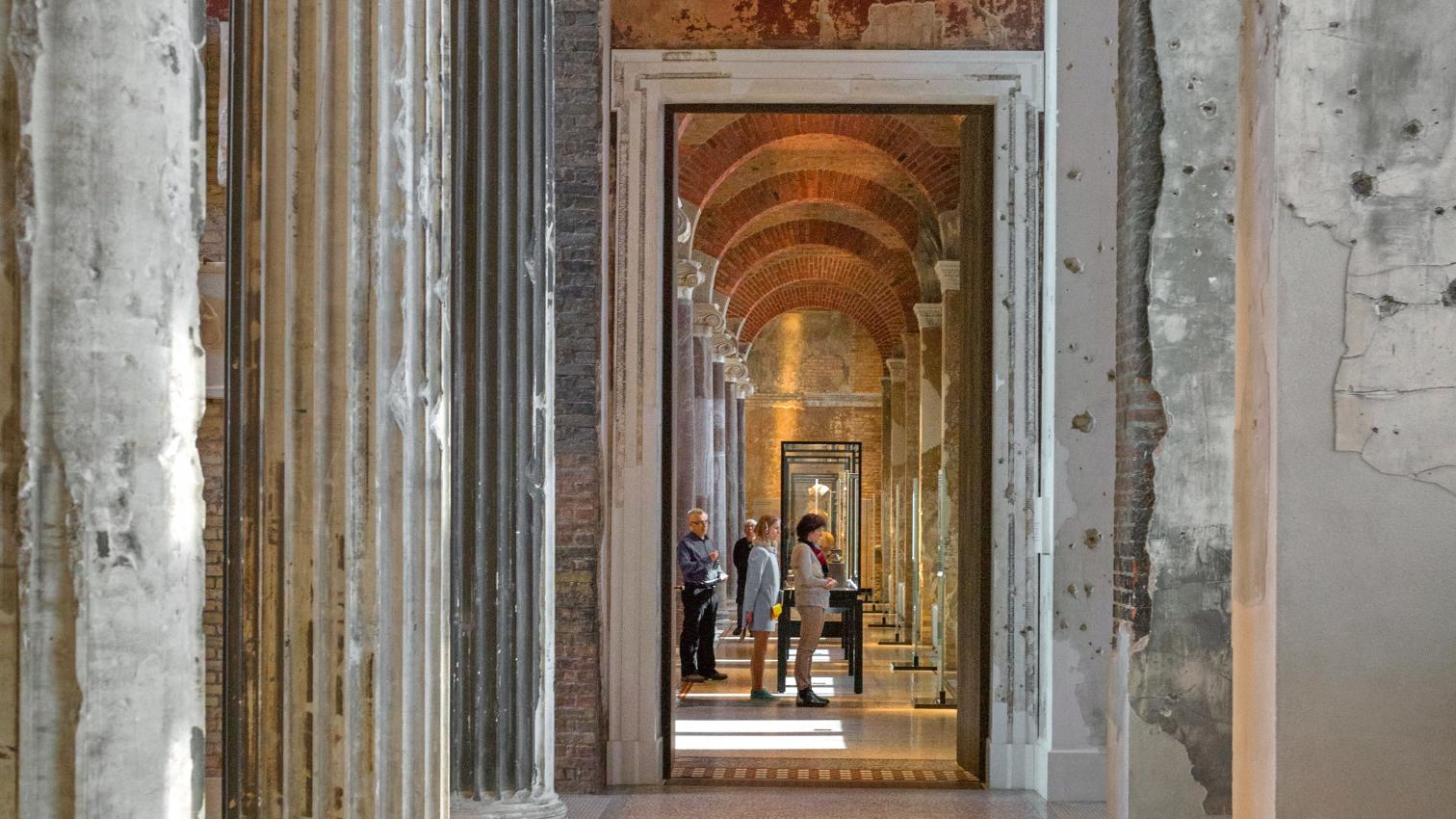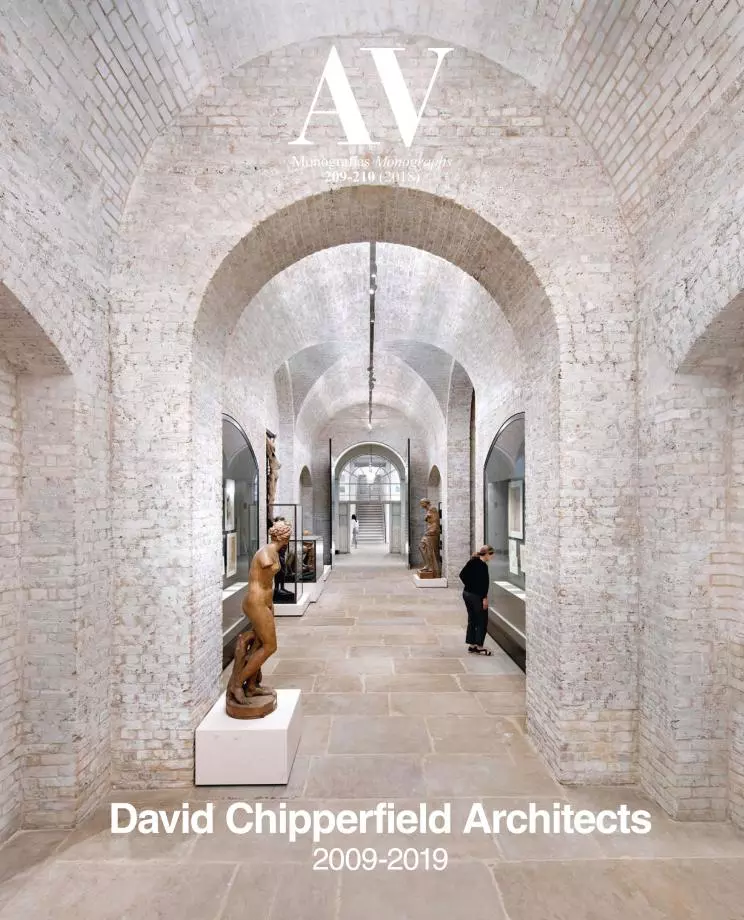Working with History

On 14 September 2018, in Berlin, amid refurbishment works at the Neue Nationalgalerie of Mies van der Rohe, a ceremony was held to celebrate the building’s 50th anniversary. The museum had been closed since 2015, and will remain so until 2020. The impression one gets from the ongoing construction is overwhelming. The task of carrying out a full refurbishment and updating of this icon of modernity, a quintessential piece in Mies’s career, was assigned to the firm of David Chipperfield Architects. The architects have ordered the careful dismantling of the historical cladding and the fitting out of the interiors, after thoroughly digging into archives and making an inventory; all this in accordance with a series of interventions and improvements that will be invisible when the job is done. What a challenge! In the dismantling alone, no less than 30,000 pieces of the original building have been identified, tagged, marked on plans, stored on huge shelves in a warehouse outside Berlin, and encoded in a database.
The refurbishment of the facade is of particular interest. Built with steel and glass, the envelope of the Neue Nationalgalerie presented serious defects from the start, and now they are going to be corrected, especially the broken glass panes and the intense condensations produced on the inside. These defects were due to the type of construction developed, based on large-format glass panels without air chambers, fixed to mullions and crossbars made of solid steel profiles, without thermal bridging. Even in the 1960s, when the building was raised, the technology used for the facade was a bit anachronistic, but for aesthetic reasons Mies expressly chose to use it. Some of the buildings that were going up in the United States during those years were already equipped with insulated panels and profiles equipped with thermal bridging. Add to this the inadequate way in which the facade was originally built; deformations appeared with temperature changes and wind pressures, and the glass panes would break altogether...





